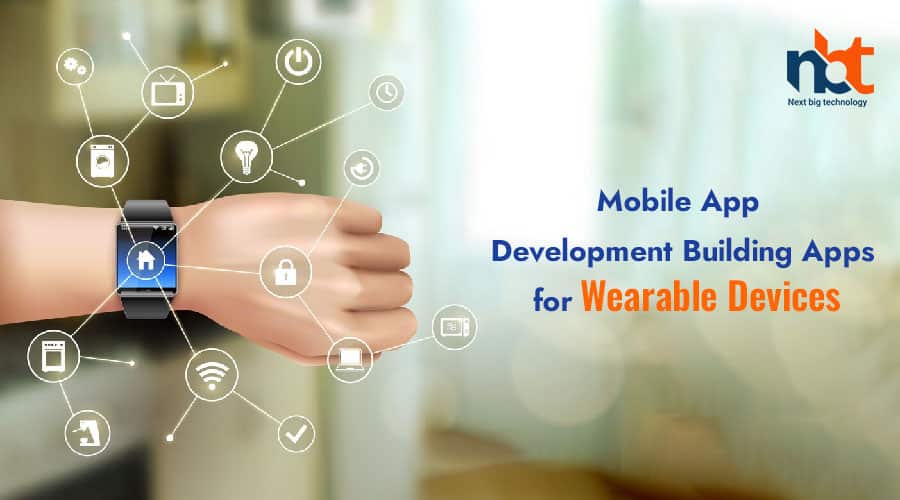Table of Contents
I. Introduction
Wearable devices have become an integral part of our lives, revolutionizing the way we interact with technology. From smartwatches to fitness trackers, these devices offer a seamless blend of style and functionality. Mobile app development plays a crucial role in enhancing the capabilities of wearable devices, providing users with a personalized and immersive experience.
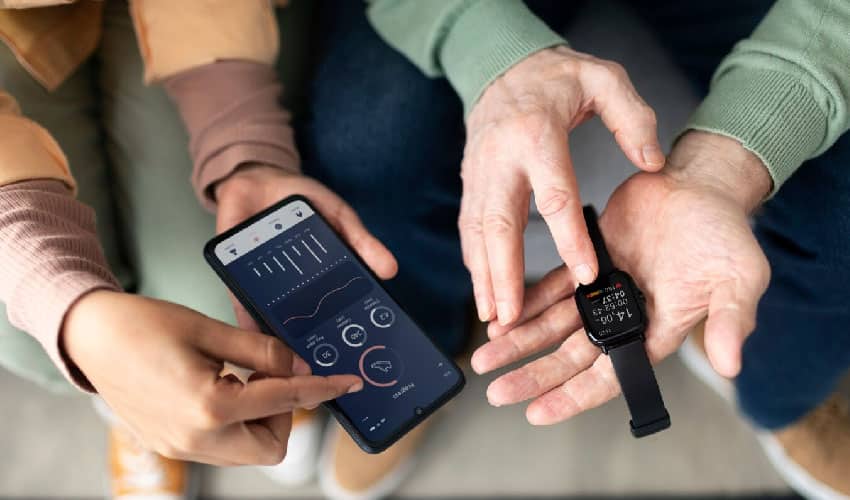
A. Definition of Wearable Devices
Wearable devices are electronic gadgets that can be worn as accessories or embedded in clothing. Examples include smartwatches, fitness trackers, and augmented reality glasses. These devices are designed to collect data, provide notifications, and offer unique functionalities to users on the go.
B. Rise of Wearable Technology
In recent years, there has been a significant surge in the adoption of wearable technology. The increasing awareness of health and fitness, coupled with advancements in sensor technology, has propelled the demand for smart wearables. This rise creates a lucrative market for mobile app developers to create applications tailored for these devices.
C. Importance of Mobile App Development for Wearables
The symbiotic relationship between wearable devices and mobile apps is evident. Mobile apps unlock the full potential of wearables by providing a user interface, data analytics, and seamless integration with smartphones. As the demand for wearable devices grows, so does the need for innovative and user-friendly apps.
II. Challenges in Mobile App Development for Wearables
A. Screen Size and User Interface
One of the primary challenges in developing apps for wearables is the limited screen real estate. Designing an intuitive user interface that is visually appealing yet functional poses a unique challenge for developers. Striking the right balance between information display and usability is crucial.
B. Battery Life Optimization
Wearable devices operate on limited battery power, making battery life optimization a critical consideration for app developers. Implementing efficient coding practices and minimizing background processes are essential to ensure a positive user experience without draining the device’s battery.
C. Connectivity and Compatibility Issues
Ensuring seamless connectivity between wearable devices and smartphones is imperative for app developers. Compatibility across various platforms, such as Android and iOS, adds another layer of complexity. Developers must navigate these challenges to create apps that deliver a cohesive experience.
D. Sensor Integration
Wearables often come equipped with an array of sensors for tracking various metrics. Integrating these sensors into the app functionality requires a deep understanding of sensor technology. Developers must harness this data to create meaningful and accurate user experiences.
III. Key Considerations in Wearable App Design
A. User Experience (UX) Design
User experience is paramount in wearable app development. The app should provide a seamless and enjoyable experience, considering the unique interaction patterns of wearable devices. Intuitive navigation and a visually appealing design contribute to a positive user experience.
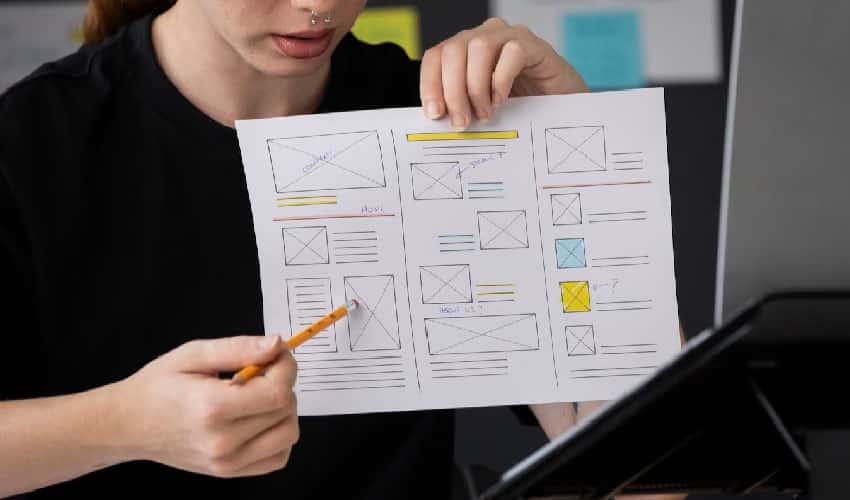
B. Health and Fitness Tracking Features
Many wearables focus on health and fitness tracking. Developers need to incorporate features that monitor activities, heart rate, and other health metrics accurately. Creating engaging and informative interfaces for users to track their well-being is a key aspect of wearable app development.
C. Notifications and Alerts
Wearable devices excel in providing real-time notifications. App developers should leverage this feature to enhance user engagement. Customizable and context-aware notifications contribute to a personalized user experience, keeping users informed without overwhelming them.
D. Integration with Smartphone Apps
Seamless integration with smartphone apps enhances the overall user experience. Wearable apps should complement their smartphone counterparts, allowing users to transition seamlessly between devices. This integration requires careful planning and execution during the development phase.
IV. Popular Platforms for Wearable App Development
A. Android Wear
Android Wear is Google’s platform for wearable devices. Developers can leverage the Android Wear SDK to create apps specifically designed for smartwatches and other wearables running on the Android operating system.
B. watchOS (Apple Watch)
For Apple devices, watchOS is the go-to platform for wearable app development. With a focus on performance and a range of APIs, developers can create feature-rich apps for the Apple Watch.
C. Fitbit OS
Fitbit OS caters to fitness enthusiasts, offering a platform for developing apps for Fitbit devices. Developers can tap into health and fitness data to create applications that cater to a health-conscious audience.
D. Tizen (Samsung)
Samsung’s Tizen platform is versatile, supporting a range of devices, including smartwatches and smart TVs. Developers can create apps that seamlessly integrate with Samsung’s ecosystem.
V. Steps in Mobile App Development for Wearables
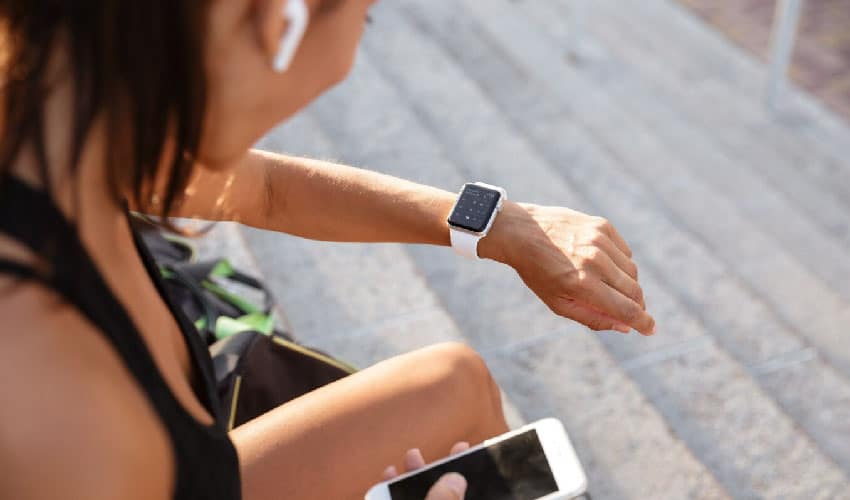
A. Idea Generation
The first step in wearable app development is conceptualizing a unique and valuable idea. Understanding the target audience and identifying the specific needs that the app will address lays the foundation for a successful project.
B. Prototyping and Wireframing
Creating a prototype or wireframe helps visualize the app’s structure and flow. This stage allows developers to identify potential design challenges and refine the user interface for optimal usability.
C. Development and Testing
The development phase involves coding the app based on the finalized design. Rigorous testing is crucial to identify and rectify bugs, ensuring the app functions smoothly across different devices and platforms.
D. App Submission and Launch
Once the app is developed and thoroughly tested, it is submitted to the respective app stores for approval. A successful launch involves effective marketing to maximize visibility and downloads.
VI. Success Stories in Wearable App Development
A. Fitness and Health Apps
Apps like Fitbit and MyFitnessPal have set the standard for health and fitness tracking on wearables. These apps seamlessly integrate with wearable devices, providing users with comprehensive insights into their well-being.
B. Productivity and Utility Apps
Wearable devices are not limited to health-related apps. Productivity and utility apps, such as Evernote for smartwatches, demonstrate how wearables can enhance daily tasks and streamline information access.
C. Entertainment and Gaming Apps
Entertainment apps, like Spotify for smartwatches, offer users on-the-go access to music. Gaming apps, such as Pokémon GO for augmented reality glasses, showcase the potential for immersive gaming experiences on wearables.
VII. Future Trends in Wearable App Development
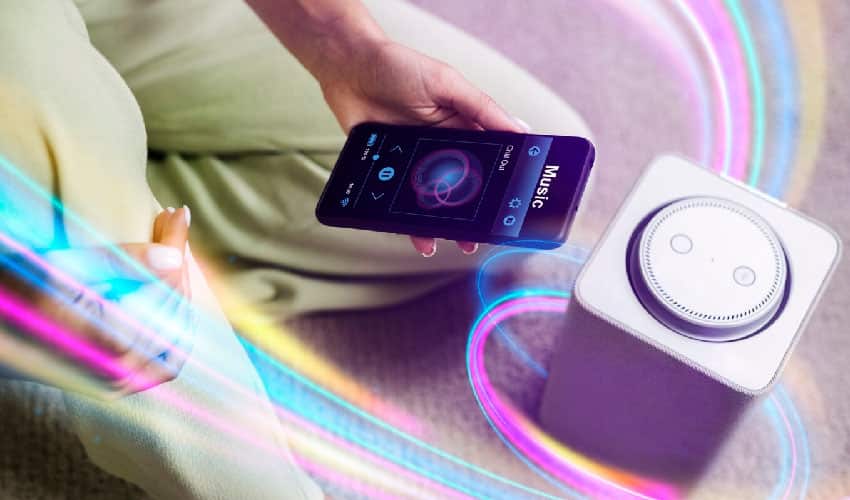
A. Integration with Augmented Reality (AR)
The integration of augmented reality in wearable apps is an exciting trend. AR enhances user experiences by overlaying digital information onto the physical world, opening up new possibilities for gaming, navigation, and interactive experiences.
B. Voice and Gesture Controls
Advancements in voice and gesture recognition technology are shaping the future of wearable app development. Hands-free control through voice commands and intuitive gestures provides users with a more natural and convenient interaction.
C. Advanced Health Monitoring Features
The future of wearable apps lies in advanced health monitoring features. From real-time health diagnostics to early disease detection, wearables equipped with sophisticated sensors are poised to revolutionize the healthcare industry.
VIII. Conclusion
In conclusion, mobile app development for wearable devices is a dynamic and evolving field. Overcoming challenges in design, compatibility, and functionality is essential for creating successful apps. The synergy between wearable technology and mobile apps opens up a realm of possibilities, from health and fitness tracking to immersive augmented reality experiences.
IX. FAQs
A. How long does it take to develop a wearable app?
The development time for a wearable app varies based on complexity and features. On average, it can take anywhere from a few months to a year to create a fully functional and polished app.
B. Are there any specific programming languages for wearable app development?
Programming languages like Java, Kotlin, and Swift are commonly used for wearable app development. The choice of language depends on the platform—Android or iOS.
C. What are the challenges faced in testing wearable apps?
Testing wearable apps involves challenges such as ensuring compatibility with various devices, assessing battery life impact, and validating accurate sensor data. Rigorous testing is crucial to address these challenges.
D. How can developers optimize battery life in wearable apps?
Battery optimization involves minimizing background processes, optimizing code, and using energy-efficient algorithms. Developers must prioritize efficiency without compromising the app’s performance.
E. Is there a difference in the development process for Android and iOS wearable apps?
While the overall process is similar, the specific development tools, languages, and guidelines differ between Android and iOS. Developers need to adapt their approach to meet the requirements of each platform.
Thanks for reading our post “Mobile App Development: Building Apps for Wearable Devices”. Please connect with us to know more about Building Apps for Wearable Devices.







